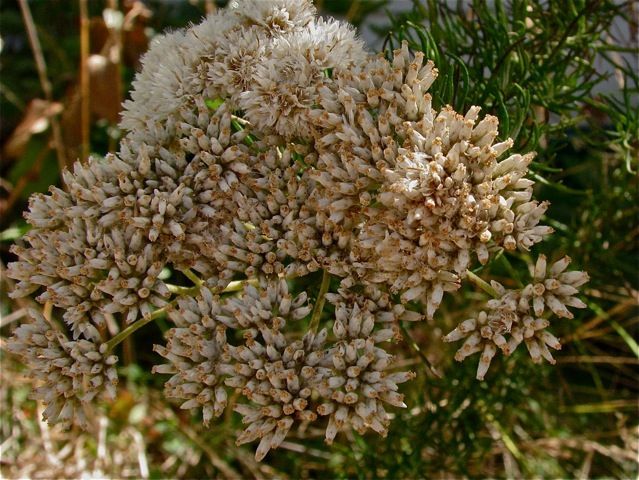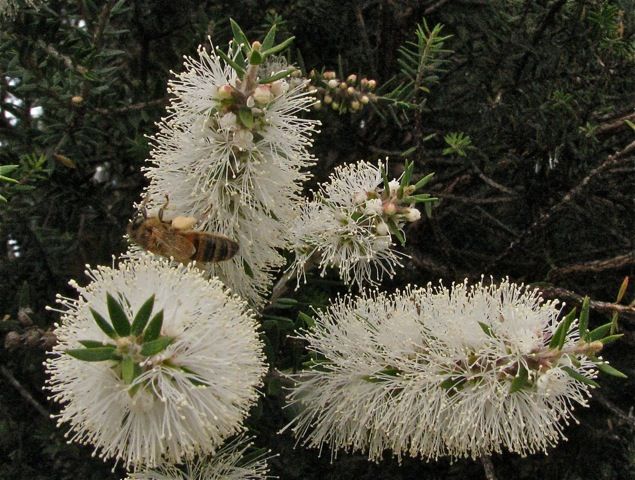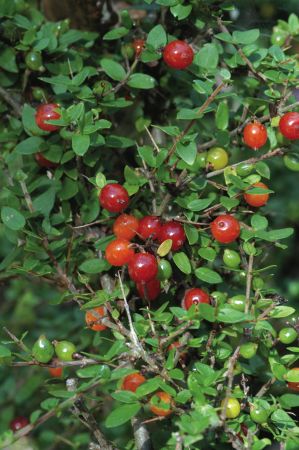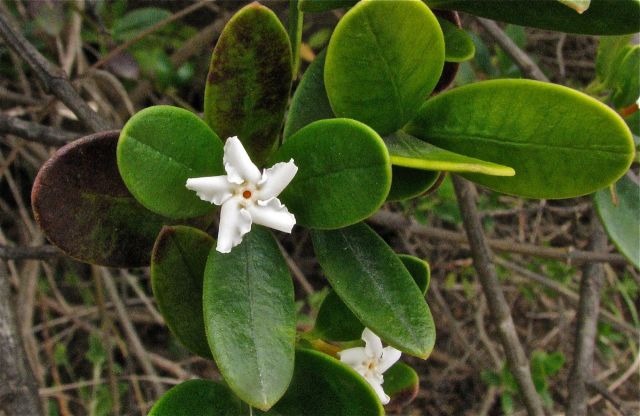This time of year most of our low-growing plants are biding their time, waiting for the heat and dryness to end.
There are, however, some small plants, and a number of quite common large bushes or trees which thrive in the summer heat. An absolute gem, but hard to find, is the rich blue flowers of Tall Lobelia L. gibbosa. It is sometimes called False Orchid due to its unusual petal arrangement. The flowers grow in a tall, one-side spike, with thick succulent stems which are tinged pink to rich red, in well-drained areas of heathland and forest. There are some beautiful specimens along Ted’s track looking like beacons among the dry summer plants.

Tall Lobelia
It appears to have it’s own very attentive butterfly, Varied Dusky-blue Candalides hyacinthina, but it is hard to see as it is quite small and blends in beautifully with the foliage.

Varied Dusky-blue

If you look carefully you may also find lovely yellow flowers, with curled-back petals, appearing amidst the inhospitable, rich yellow/green foliage of Prickly Geebung Persoonia juniperina.

Prickly Geebung
In the most exposed places on dunes and cliffs, I am always amazed to see lush examples of the lovely silvery-grey, low growing, and very hardy Cushion Bush Leucophyta brownii. Tiny yellow sweet perfumed florets are starting to appear out of the small spherical flowers heads.

Cushion Bush
On warm summer days I enjoy watching the countless little creatures such as bees, soldier beetles, and butterflies which are attracted to the profuse, nectar-rich flowers of a number of our larger shrubs. Top of my list is Sweet Bursaria Bursaria spinosa subsp. spinosa, a common plant, growing to about 2 m in height, which is ablaze with terminal panicles of fragrant, creamy, star-like flowers. The attractive, bisected, purse-like seedpods are forming, starting green then turning bronze-brown.

Sweet Bursaria
Tree Everlasting Ozothamnus ferrugineus, a less spectacular tall bush, is flowering with massed clusters of tiny, scented white flowers.

Tree Everlasting
This is easily confused with Common Cassinia Cassinia aculeata, however the Cassinia has much finer leaves with inrolled margins, and flatter flower-heads.

Common Cassinia
Finally our iconic Moonah Melaleuca lanceolata, with its small, creamy-white, bottle-brush-like flowers is always a delight to see.

Moonah
Our berry-eating birds are also enjoying summer treats. Coastal Beard-heath Leucopogon parviflorus, a common coastal bush, of variable size, has had copious numbers of small, white, sweet seeds.

Coastal Beard-heath
Prickly Currant-bush Coprosma quadrifida a shrub found in moist forest/woodland, has small, eye-catching red berries.

Prickly Currant-bush
The foliage of the Currant-bush foliage is easily confused with Sweet Bursaria (described above), so the existence of red berries or white flowers is a very useful means of identification.
Common Boobialla Myoporum insulare, found in sheltered coastal sites, is bearing quite large, juicy purple berries.

Common Boobialla
Finally, on the cliff tops, Sea-box Alyxia buxifolia is a great sight with its small, white, propeller-like flowers. These are starting to be followed by lush red berries.

Sea-box
Remember to take your ‘Flowers of Anglesea and Aireys Inlet’ to aid in identification of these and other plants.
Ellinor Campbell